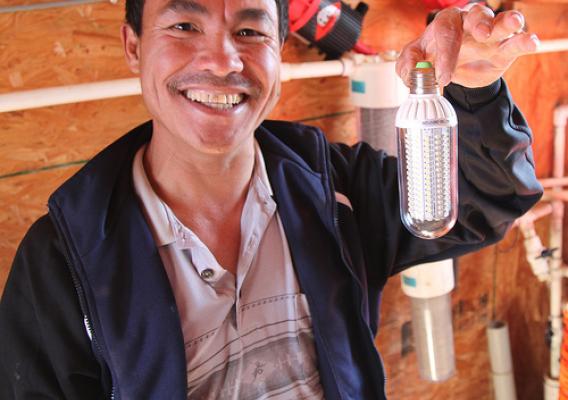Today, the USDA’s Food Safety and Inspection Service shared with the public our “New Year’s Resolutions” for Fiscal Year 2014. Like many of the people who consume the products we regulate, we set new goals for ourselves at the beginning of each year. Known as the Annual Performance Plan, this list of key results we plan to achieve between now and September 2014 to do our jobs better, which means making America’s supply of meat, poultry, and egg products safer to eat. This is our third APP. It is something that we take very seriously. It is consistent with our emphasis on performance and our efforts to improve how we do our jobs every day.
The goals listed in our APP are all measurable. By setting specific targets and measuring our progress throughout the year, we have a clearer picture of what is working well, which initiatives are not effective, and where we may not be challenging ourselves enough. By making our targets public, we are holding ourselves accountable to you, and we are giving the regulated industry, consumers, and other interested persons an overview of our priorities and of our expectations for the year ahead.





